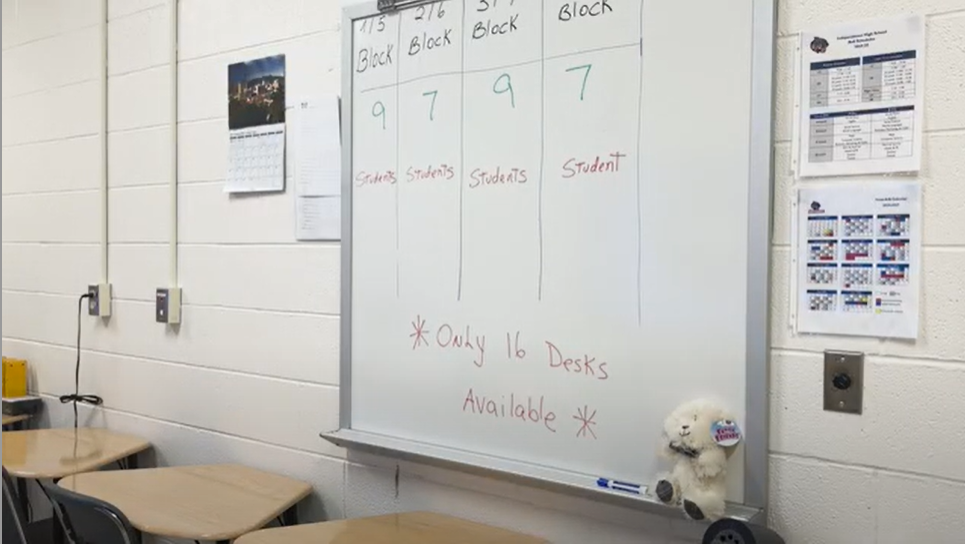Everyday humans are faced with challenges that will force them to make decisions that will impact their lives for better, or for worse. The majority of the time, these decisions are easy and simple to commit to. However, when it comes to tasks such as losing weight, sleeping more, or simply becoming more organized, sticking with them can become challenging to maintain.
The Prowl had the opportunity to speak with Independence High School’s school psychologist, Teri Kimball, about the relationship between a person’s mindset and commitment to an active decision.
“[When commiting to tasks] there is a component that has to do with motivation [. . .] there is also a component that has to do with how you perceive the task to be,” Ms. Kimball said.
According to Ms. Kimball, there are two types of motivation. External motivation are things such as paychecks, verbal affirmation, and awards. The other type of motivation is internal motivation which is more personal.
When people have internal motivation, it tends to mean they are more passionate about the task. Ms. Kimbal gave an example saying, “External motivation is generally those things like getting a paycheck, that is motivation for me to come to work every day. But internally, I enjoy working with students. I enjoy administering psychological evaluations that’s fulfilling to me.”
That means that when people have a positive attitude and personal motivation driving what they do, the habit will most likely last longer.
“I like to make my family happy, because it makes life better and internally it makes me happy for myself,” said Freshman, Chelsae Armstead about her motivation.
If someone sticks with a goal, they are more likely to see improvement. The progress can act as a source of dopamine that helps reinforce the idea that the hard work people are putting in is paying off. Looking back on the progress can serve as a source of strength to continue working toward goals.
To see this happen, people must stick with the desired task for a set amount of time. When asked how long it takes before it becomes a habit, Ms. Kimball stated, “There’s a lot of research that says to develop a new habit, you have to do it continually for a period of time, most researchers will say about 21 days or three week,” After implementing a change of routine for this amount of time, it will soon become natural and will require less effort to stay on task.
The Prowl asked Indy student Grady McFarland (10) whether a habit started a week ago or a habit started a month is easier to maintain. He shared, “One I’ve been doing for a month, because you’re a lot more persistent, compared to one you started a week ago, you don’t have as much let down if you were to fail.”
People who have been lifting weights for several months, often call themselves weightlifters. People who have been writing poetry for a while, often call themselves poets. Someone who does gymnastics for a few years, calls themselves a gymnast. This tends to be the point where people reidentify themselves. You can do this much earlier in the process of trying to commit to something in order to change your mindset about the task. Ms Kimball says, “Because you are internalizing those characteristics of whatever that role is, then you’re feeling that’s part of you. You’re more likely to stick with it because you’re making that a component of yourself.”
With new year resolutions statistically beginning to plummet around late winter, knowing how to get past the breaking point is an important task in continuing to work towards your goals. Understanding and finding a source of motivation whether it be working towards a reward or just wanting to make yourself proud can guide simple decisions into being habits. To change your mindset is to change your perspective.







